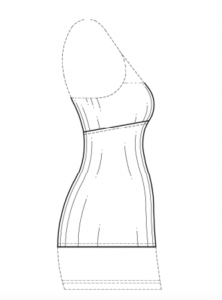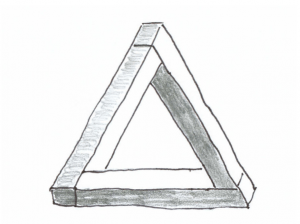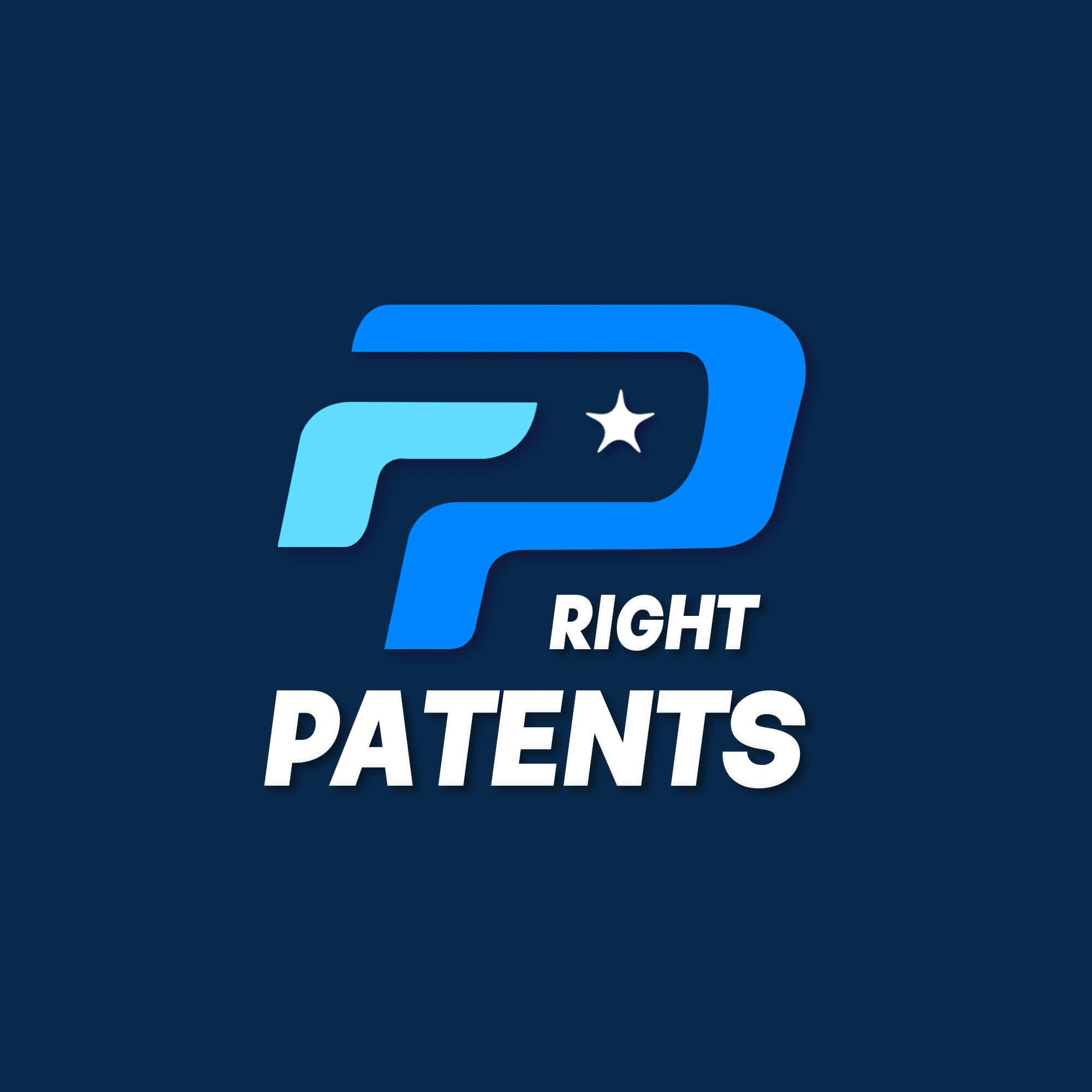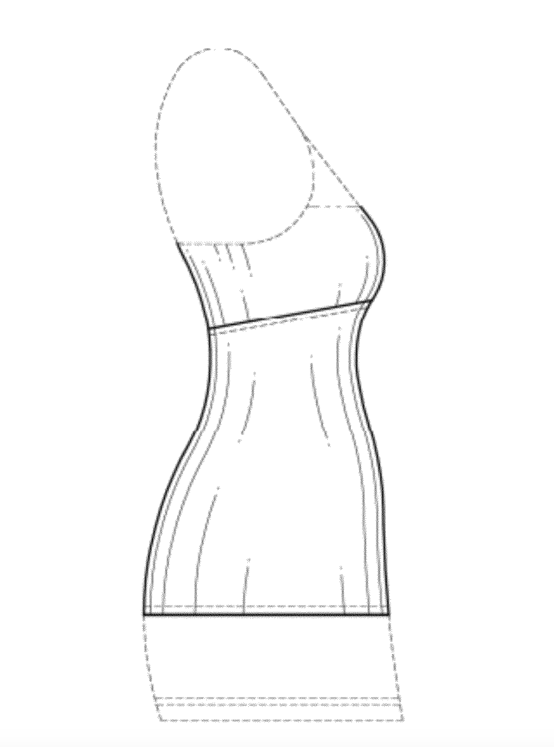Errors in patent drawings can be a problem anytime, but they are especially problematic for design patents. Since for all intents and purposes the drawing IS the disclosure for a design patent, errors are likelier to lead to patent office rejection of the application.
As we described in our article, Successful Patent Drawings for Design Patents, there are specific requirements that drawings for design patents must meet. In this article, we’ll look at some of the most common errors in design patent drawings, and how they can be avoided.
Errors in Drawings for Design Patents
Failure to comply with drawing specifications
Our article, “Complying with Patent Drawing Rules,” includes some of the many very specific rules the US Patent and Trademark Office (USPTO) has for all patent drawings, including things such as the quality of the ink and size of the paper and margins. The rules are very detailed. The best way to avoid rejections for failing to comply with the drawing specifications is to use a person or firm that has a lot of experience with patent drawings. You can’t just hire any graphic artist to come up with a drawing for a patent application and expect it to comply with the specifications.
Get error-free patent drawings in 4-6 days. Free Unlimited Revisions. Price starts at $30.
Inconsistency
If your patent drawings are not consistent, then there’s no way to tell what exactly it is that you’re patenting. Sometimes a patent with inconsistent drawings will even make it through the patent office and be allowed, only to be found invalid in the event of a lawsuit. That’s what happened to Yummie Tummie, the owner of US Design Patent 666,384. Spanx made what Yummie Tummie claimed was a copy of their protected design. Yummie Tummie sued in Federal court, but the patent was thrown out because the height of the material that was shown in a side view was inconsistent with the height of the material shown in a back view. The court held it was a “fatal inconsistency” and held that the patent was not valid. See the two drawings below – the material in the side view looks like it’s lower down the back than what is shown in the back view.




Non-enablement
One of the requirements for design patent drawings, is that someone “skilled in the art” should be able to build the object by relying on the drawings in the disclosure, and nothing else.
For example, there’s an optical illusion known as the “Penrose Triangle.” If you were to submit this as a drawing for a design patent, it would be rejected because no one would be able to figure out how to make it:


Most non-enablement rejections from the patent office are far more subtle than this example. More typically it will include things such as an inability to tell whether a particular surface is flat or recessed, or whether screws protrude, etc. One way to avoid rejection for these types of errors is to include more drawings – in addition to the standard set of 7 drawings – all six sides plus one perspective drawing – additional perspective drawings may be needed so that someone could make the object without “resorting to conjecture.” In other words, without guessing.
Ambiguity
Ambiguity may occur if you don’t have enough drawings. For example, in the below drawing of the front of a box on feet, a side view can show how many feet there are. However, if you neglect to include a bottom view (a common mistake) there’s no way to know whether the feet are square or round, and the application would be rejected for ambiguity. As with non-enablement, additional drawings could prevent rejections for ambiguity.



Conclusion
Consistent, unambiguous drawings that comply with all patent office specifications are essential to getting your design patent approved by the patent office and upheld in court should another company infringe. One of the best ways to avoid problems with rejected drawings is to use an experienced patent illustrator, such as Invention Patent Drawings, to create your drawings.
Contact us for more information by filling below form.

